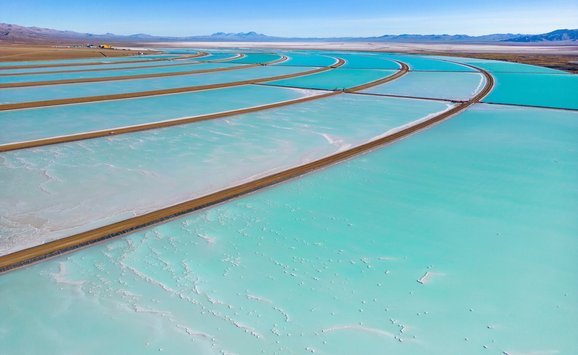The storage dam, leveling out some of the wasteful highs and inadequate lows of natural stream flow, is the heart of most large-scale water development. The timing of construction of such a dam often has much to do with its value to people. Because the earlier stages of control are the more easily won, the first dam in a river basin almost always gives more benefits per acre-foot of storage—whether in terms of flood protection or dependable year-round flow for power generation or irrigation—than the second to be built, even if it is an identical structure; the second more than the third; and so on.
Although well known, this principle has had little influence on the planning of water development in the United States, John V. Krutilla of the RFF research staff points out in his recent study, "Sequence and Timing in River Basin Development." Instead, he writes, "the practice appears to be to visualize the development of a river basin at some fixed point in the future, and to prorate the estimated benefits of the block of additional storage projected for that time."
This has been true also, he believes, of joint US-Canadian planning for the Columbia River Basin, at least up to the time he got his manuscript ready for publication a few months ago. International planning for the Columbia which he analyzes carefully by way of example, is described as having proceeded "without close attention to the sequence of projected additions to the system … By disregarding the order in which projects are to be brought in, and by comparing only total system benefits with total system costs. Timing the relative costs and benefits of individual projects are lost."
Krutilla's study shows that from the standpoint of further developing the whole Columbia basin, the proposed Libby dam in Montana would be the most economically efficient "next-added" installation among possible sites in the United States part of the basin. (He did not consider Nez Perce, which he characterizes as an even more attractive site from the standpoint of economical storage, because no one has yet worked out a way to build a dam there without barring large runs of salmon from their spawning place.)
Krutilla goes on to say, however, that the storage possibilities of two proposed sites in Canada—Arrow Lakes and Mica Creek—make either of them clearly superior to Libby as candidates for next-added. Other things being equal, they would give power users and taxpayers on both sides of the border more for their money.
These conclusions, he points out, relate only to economic efficiency as estimated from currently available information. Beyond this, "there are large questions of future value of storage and of the sharing of hydroelectric power [between Canada and the United States] that are left unanswered by this analysis … Much remains to be done." Nevertheless, he concludes that "the advantages of considering the sequence of development are clear," and that such a method "is essential to intelligent longer-term planning and to safeguarding the separate interests of the two nations involved." Krutilla's report, with its implication that more homework should be done before the future development of the Columbia is finally charted, has already stirred up considerable interest on both sides of the border.
The whole problem is right now under active negotiation between the two countries. The International Joint Commission since 1944 has been working on a long-range program for the basin. The next step—that of working out specific plans for construction and sharing of costs and benefits—is in the hands of a team of special negotiators from each country, who meet periodically in either Washington or Ottawa.







